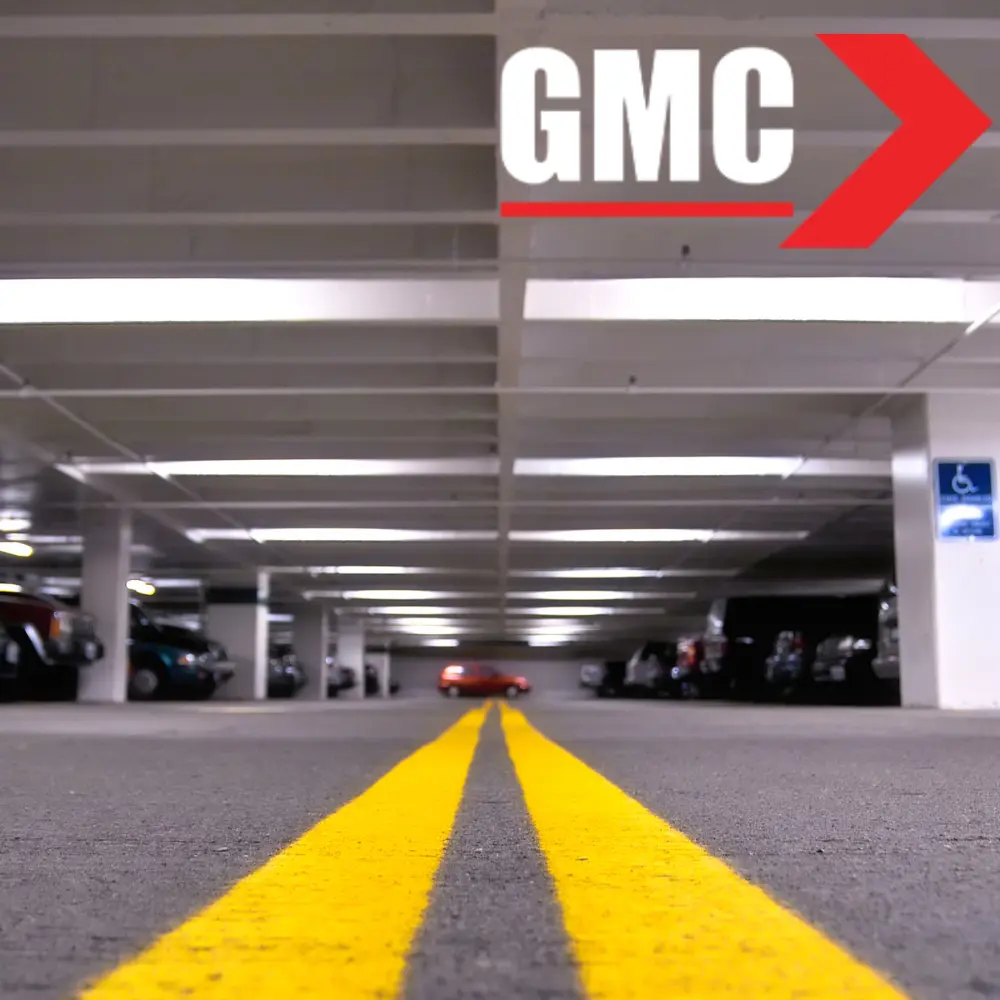
What to expect and when monthly parking in New York starts to make sense.
Alternate-side parking is one of New York’s oldest rituals. Twice a week, sometimes more, the city’s drivers slide their cars from one curb to another, wait for the sweeper, and hope they beat the clock. Now, that ritual is set for a high-tech update. Senate Bill S1891, currently moving through the state legislature, would allow sanitation trucks to carry cameras that automatically ticket cars that don’t move during cleaning.
What the Bill Allows
This proposal gives the Department of Sanitation (DSNY) authority to install and operate cameras on its street-sweeping vehicles. These cameras would record license plates of cars parked in violation during scheduled cleaning hours. The images would then be used to issue civil penalties through the existing Parking Violations Bureau.
Here’s what’s outlined in the legislation:
- Civil penalty capped at $50 per violation
- $25 late fee if unpaid
- A 60-day warning period before enforcement begins
- Photos must exclude drivers and passengers
- Images deleted after one year or when a case is resolved
The bill passed the Senate in June 2025 and now sits with the Assembly’s Transportation Committee. A companion bill in the City Council would require DSNY to outfit all sweepers within a year of authorization.
Why the City Wants Cameras
Street sweepers routinely encounter cars that block their routes. A few uncooperative vehicles can prevent entire blocks from being cleaned, leaving debris, clogged drains, and rodent problems behind. DSNY and supportive lawmakers see automation as a simple fix. Cameras ensure consistent enforcement and free up personnel for other tasks.
Advocates for the change also note that the fines are lower than those for many other city violations. The goal isn’t heavy punishment, but predictable compliance. When drivers know they can’t get away with staying put, they’re more likely to move. The streets stay cleaner, and the process becomes efficient.
The View from the Driver’s Seat
Drivers, of course, see something different. Alternate-side parking already tests patience. Adding cameras removes any flexibility or judgment from enforcement. There will be no warnings left on windshields, and no officer will make exceptions. The sweeper passes, the photo is taken, and the ticket arrives by mail. The rule becomes absolute.
For residents in outer boroughs or high-density areas, that rigidity could be challenging to navigate. Parking turnover already runs tight, and construction zones, bike corrals, and expanded loading zones have reduced available spaces. The new system means every mistake has a cost, and every curb has eyes.
The Shift Toward Automated Enforcement
S1891 fits a larger trend in New York City’s governance. Over the past decade, the city has steadily replaced manual enforcement with cameras. Bus lanes, school zones, and speed corridors already use automated ticketing. The city argues it’s about safety and consistency. Drivers often see it as another layer of surveillance. Both are right in part.
Automation has changed behavior. Bus-lane violations have dropped, and speeding has decreased in monitored zones. But cameras can’t tell the difference between carelessness and circumstance. They issue tickets evenly, which is both their strength and their weakness.
How It Affects Parking Culture
If this bill becomes law, it will change the psychology of street parking. The small window of grace that drivers relied on will disappear. Instead of waiting by the curb and betting on timing, people will either move earlier or avoid the alternate side altogether. That leads to predictable shifts.
What this Means for Monthly Parking in New York.
- More drivers turning to private garages for reliability
- Higher evening and weekend demand at lots near residential neighborhoods
- Reduced tolerance for curbside errors that used to slide by unnoticed
For parking businesses like us, GMC Parking, this doesn’t create an exploitative opportunity; it simply highlights the value of certainty. A garage spot costs money, but it comes without the anxiety of daily enforcement changes or surprise tickets in the mail.
Why It Matters for the City: Take Control of Your Parking
Cleaner streets are the official reason behind S1891, but the implications are wider. The bill reinforces a broader philosophy: using technology to manage urban behavior. That approach brings efficiency but also a loss of discretion. It turns city rules into systems rather than interactions.
Residents may not notice the change right away, but over time, it will reshape how people think about parking. The quiet understanding between drivers and the city, the small acts of flexibility, and the unspoken rhythm of street life will be replaced by a precise, automated order.
Monthly Parking NYC: Avoid The Hassle, Enjoy the City
Senate Bill S1891 isn’t about new fines; it’s about consistency. The city wants cleaner streets and less manual enforcement, and technology provides that. But for drivers, the adjustment will feel more personal than procedural. The rhythm of parking in New York has always relied on small freedoms and quick decisions. Once cameras handle the rules, those freedoms shrink.
Whether it feels like progress or punishment depends on how ready the city is to balance fairness with function—and how drivers decide to respond to a system that never blinks.